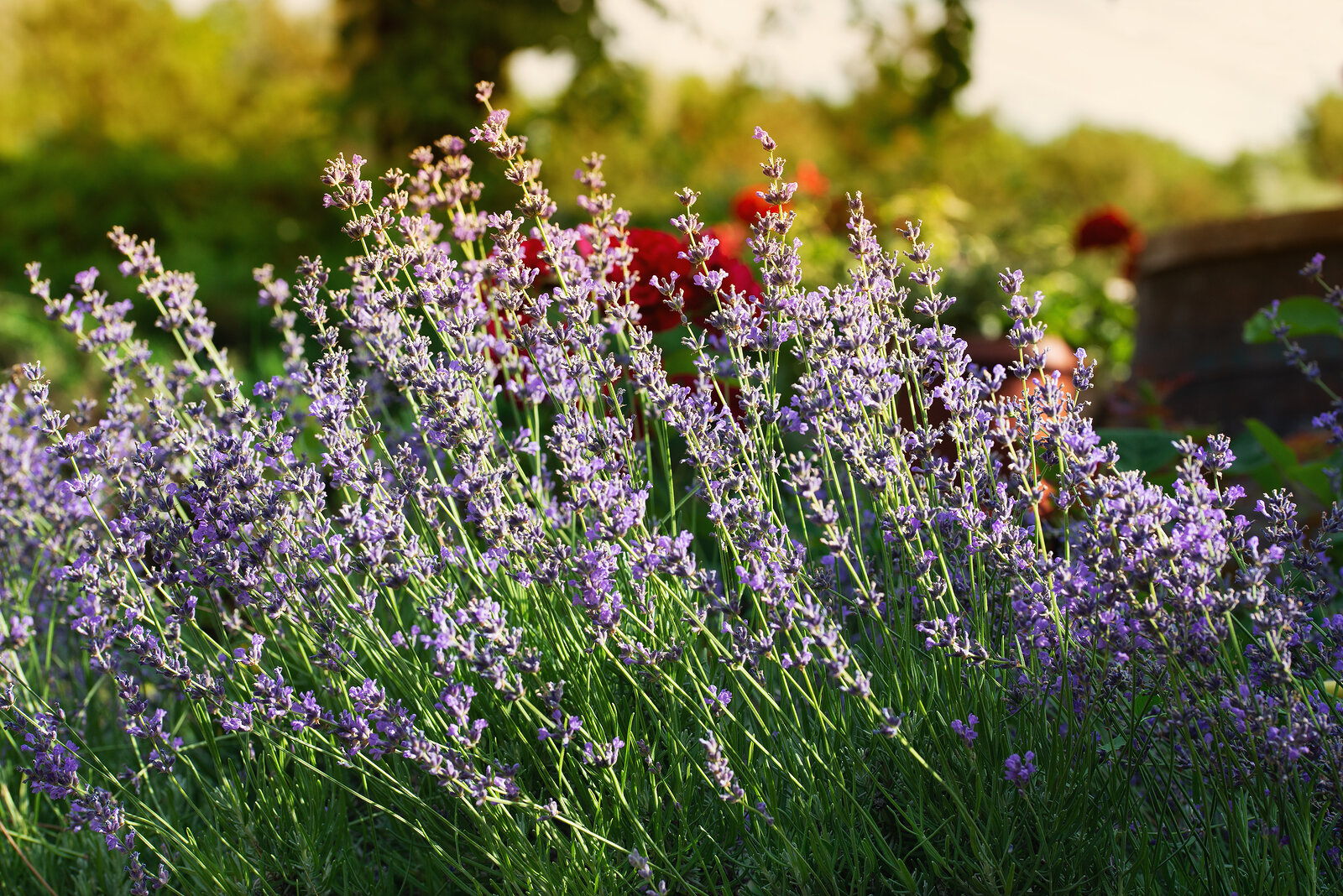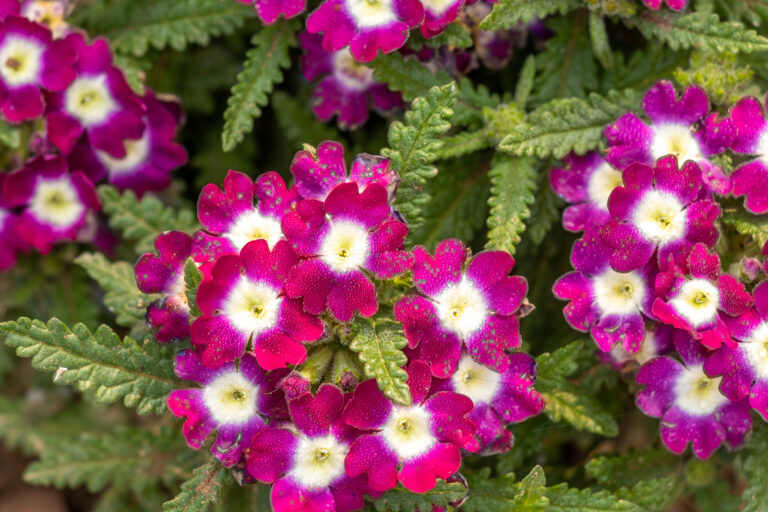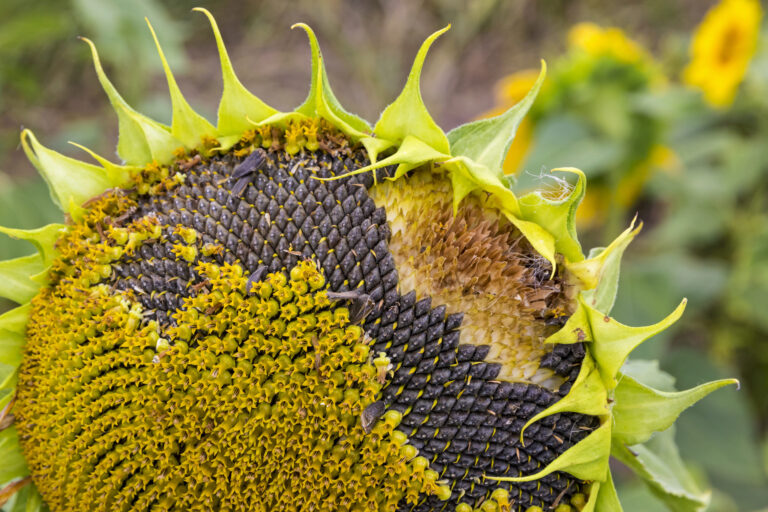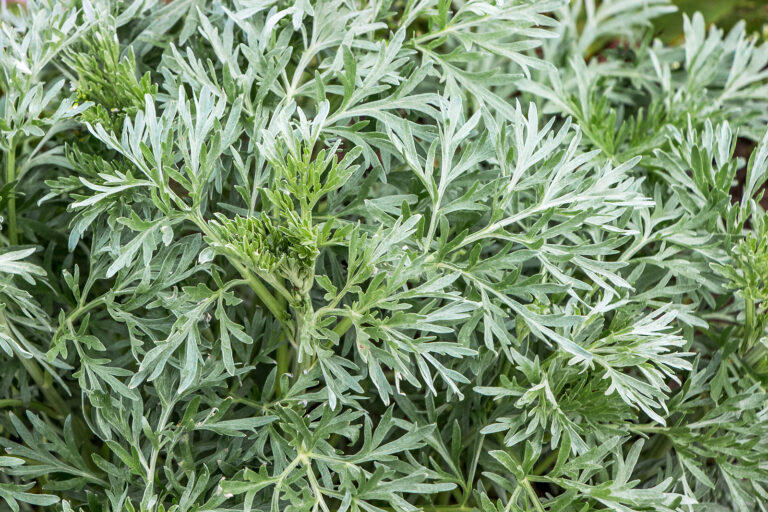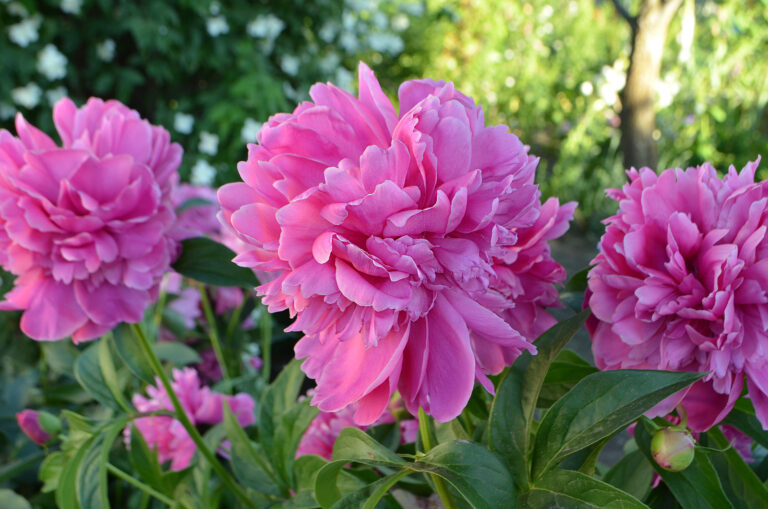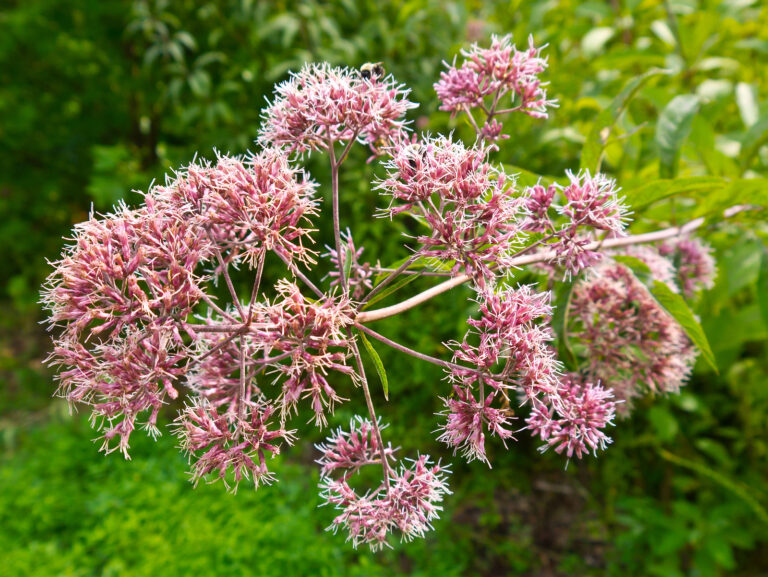How to Grow Lavender — Lavandula
Lavandula–commonly called lavender–is an evergreen subshrub with narrow, aromatic silver-gray leaves and dense spikes of fragrant, deep purple flowers held on wiry stems from mid- to late summer. Some varieties have flowers in shades of white, pink, and mauve.
Lanvandula is grown for ornament in the garden and for its sweet scent when dried. The dried flowers are used to fill sachets and to perfume clothing or linens. The green parts are used for making sol, aromatic vinegar, and lavender water.
Lanvandula is hard though little grown in northern gardens where it must be protected over winter by mulching with straw. It is most popular in mild coastal regions and warm southern regions.
Seeds produce variable plants, propagation is commonly by cuttings or selected plants. One-year-old wood can be cut in spring and rooted in seed starting mix or potting soil.
Lanvandula thrives in dry, light, limy, friable soil in full sunlight. In wet soil they grow pool; in rich soils, they become lush and sappy; in both soils, they lack fragrance and easily succumb to frost.
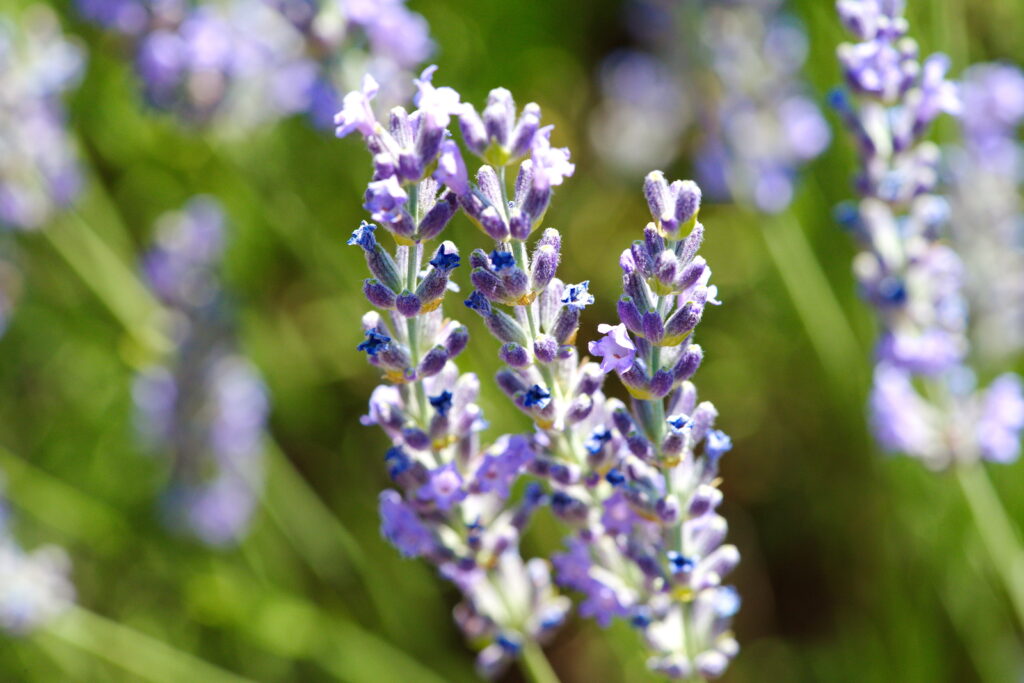
Get to know Lanvandula
- Plant type: Shrub or perennial, sometimes evergreen
- Growing Zones and range: Zones 5 to 8
- Hardiness: Half-hardy
- Height and width: 12 to 36 inches (30-91cm) tall; 24 to 36 inches (61-91cm) or more wide
- Foliage: Linear to oblong or needle-like leaves that may be simple, toothed or pinnately lobed, or cut.
- Flowers: Tubular, two-lipped flowers borne in dense spikes; colors include blue, mauve, pink, white
- Bloom time: Spring and summer
- Uses: Mixed flower borders, herb gardens, containers
- Common name: Lavender
- Botanical name: Lanvandula spp.
- Family: Lamiaceae
- Origin: The Mediterranean and Southern Europe
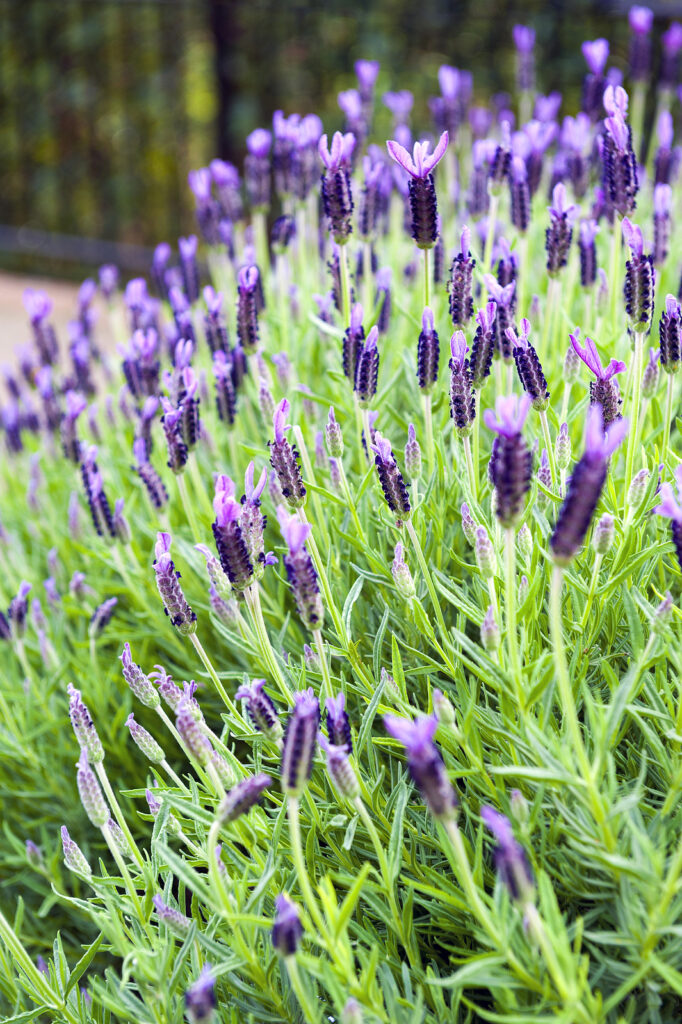
Where to plant Lanvandula
- Plant Lanvandula in full sun.
- Lanvandula will grow in average to slightly enriched soil; add small amounts of leaf mold or aged compost to the soil to slightly enrich it.
- In Zones 6 and colder, plant lavender where it will be protected from the winter cold.
- Lanvandula prefers a soil pH of 6.7 to 7.3.
When to plant Lanvandula
- Set Lanvandula in the garden in spring.
- Start seeds indoors in early spring; refrigerate seeds for 4 to 6 weeks before planting.
- Sow seeds outdoors in spring or fall.
- Set container-grown plants outdoors in spring or summer up to two months before the first fall frost.
Planting and spacing Lanvandula
- Sow Lanvandula seed indoors in spring; refrigerate the seed for 4 to 6 weeks before sowing.
- Start seed indoors in sterile seed-startng mix or potting soil in six-packs or flats; start seed in full sun or under fluorescent lights.
- Sow lavender seeds 1/2 inch deep and 6 inches (15cm) apart.
- Sow seed outdoors in spring or autumn. Seed sown in autumn will germinate the following spring. Add sand and grit to the soil at planting time; this will loosen the soil and improve drainage.
- Start plants 6 inches (15cm) apart then transplant lavender in its permanent locations 24 to 36 inches (61-91cm) apart.
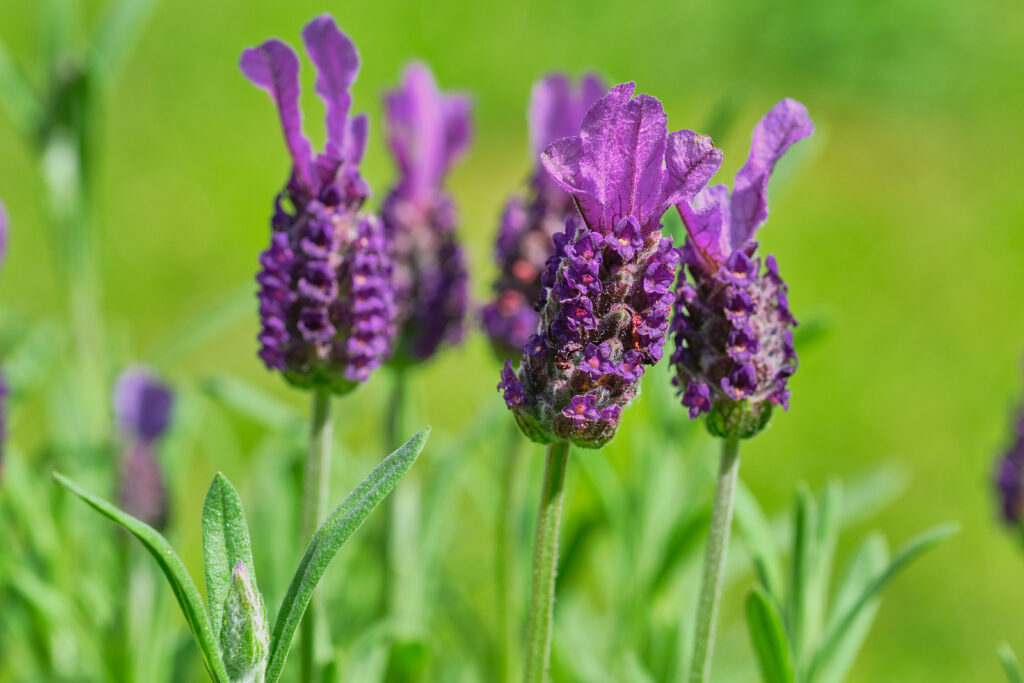
How to water and Ffeed Lanvandula
- Keep the soil just moist–not wet–until plants are well-rooted.
- Water established plants when the soil becomes dry. Mature plants do not need regular water; they are drought tolerant. Fungal diseases may occur where the soil is too wet, or the climate is humid.
- Fertilize Lanvandula lightly at planting time and again each year in early spring as soon as new growth starts. Use an all-purpose fertilizer.
Lanvandula Ccare
- Nip off flower buds the first year to establish healthier, stronger plants.
- When plants are established, cut foliage back by half after the first blooming to promote fresh growth and more blooms.
- Prune back the plant to maintain a compact shape. Do not cut lavender all the way back to the ground, leaves some foliage on the plant.
- Mulch around lavender for winter protection in Zones 5-6. Use evergreen boughs or loose straw.
- Harvest flowers for arranging or during when they begin to open.
- Dry flowers in a dark, airy place on a screen or by hanging them upside down.
- Store dried flowers in an airtight container or in the freezer for long-term storage.
Lanvandula pests and diseases
- Lanvandula can be attacked by caterpillars.
- Lanvandula is susceptible to leaf spot and root rot if overwatered.
Lanvandula propagation
- Lanvandula can be propagated by seed, division, or softwood cuttings. Seed germination can be slow; cuttings and division are quicker.
- Take softwood cuttings in spring; root 4 to 6-inch (10-15cm) cuttings in a light potting soil or seed-starting mix.
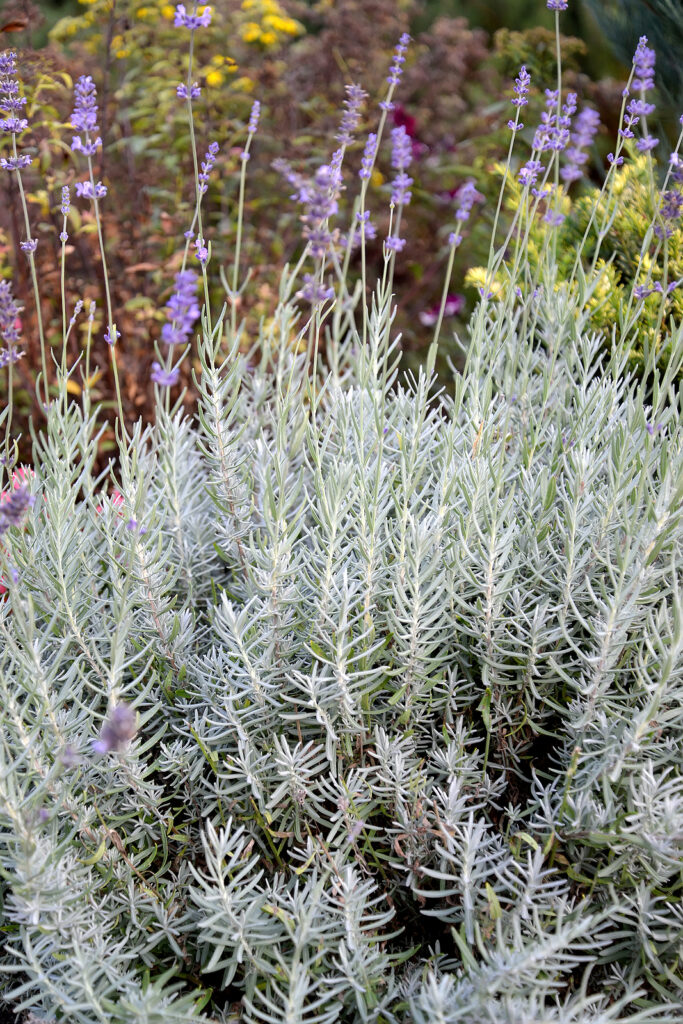
Lanvandula varieties to grow
- Lavandula angustifolia, English lavender: 3 to 4 foot (.9-1.2m) tall and wide mounds of silvery or blue-green fine-textured leaves; widely planted; ‘Musstea’ is most hardy; ‘Lavender Lady’ blooms early, dies out in cold weather; ‘Hidcote’ is deep purple; ‘Munstead’ is a compact grower.
- L. dentata, French lavender, fringed lavender: Tallest garden lavender, grows to 3 feet (.9m) tall and 5 feet wide; toothed gray-green leaves; flowers are pale lavender with purple bracts.
- L. x intermedia: Hybrids less than 24 inches (61cm) tall; broad hairy leaves; open flower spikes.
- L. lanata grows to 3 feet (.9m) tall. Wooly white stems and leaves. Leaves 2 inches (5.1cm) long, .5 inch (1.3cm) wide; flower spikes deep purple, 1-4 inches (2.5-10.2cm) long. Bloom period same as English Lavender.
- L. latifolia, Spike Lavender, is much like English Lavender in appearance, but with broader leaves and much-branched flower stalks; bloom period is the same as English Lavender.
- L. pinnata, fernleaf lavender: Fernlike silver-green foliage; triangular clusters of scented violet-blue flowers.
- L. stoechas, Spanish lavender: Aromatic gray-green foliage bears blue, white, or mauve scented flowers with upright “ears”; grows to 24 inches (61cm) tall.

